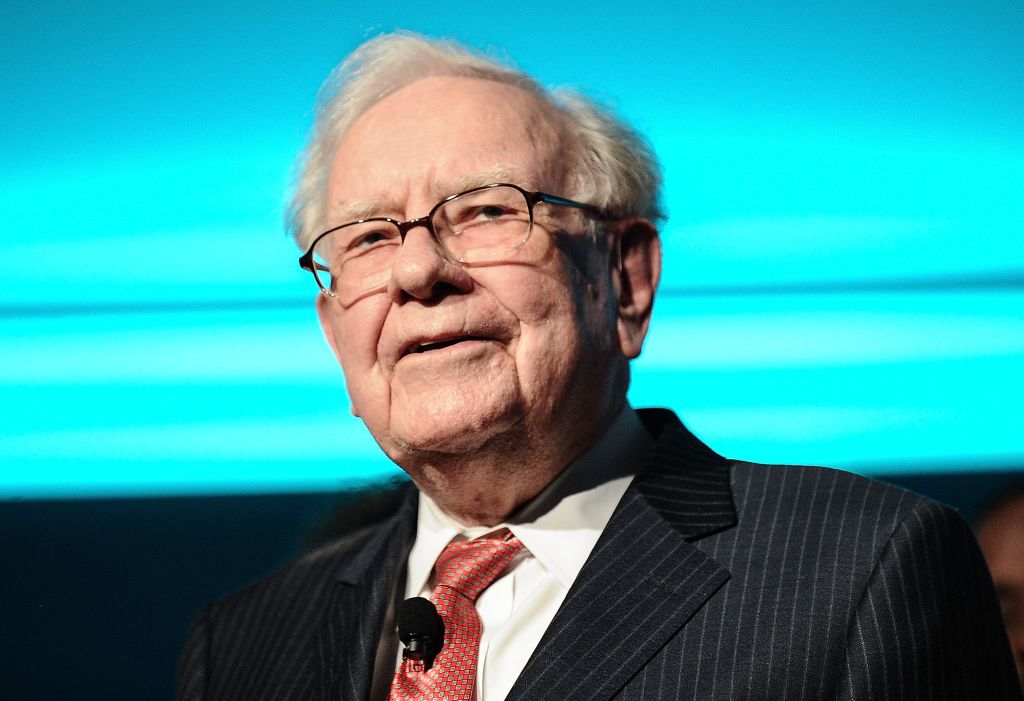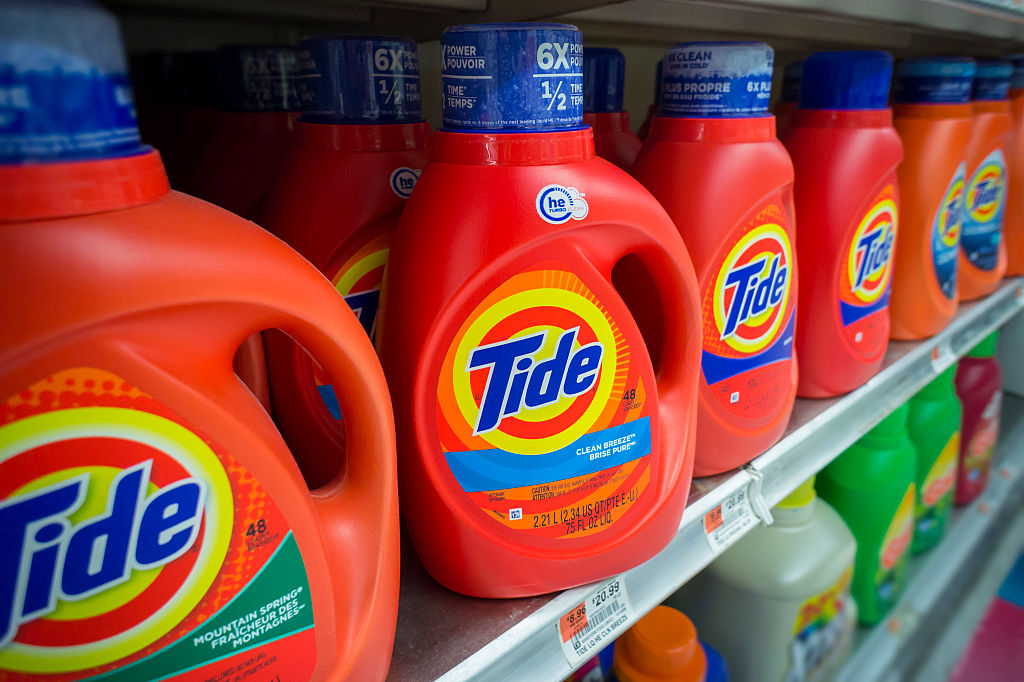The Risk of Low-Risk Investments
Don't let your fear of stock stumbles freeze your portfolio's performance. Here are three growth stocks to boost your returns.

There has never been a riskier time to be risk-averse. Investors, fleeing volatility in the stock market, have poured billions of dollars into bonds and high-dividend stocks, pushing their share prices into overvalued territory, says Jeffrey Coons, president and co-director of research at Manning & Napier, a Rochester, N.Y., money-management firm.
The slightest uptick in interest rates could send prices of these supposedly low-risk assets tumbling and leave investors with what they appear to fear most -- a loss of principal. "This is the riskiest environment we've seen since the tech bubble of the 1990s," says Coons, who is a co-manager of Manning & Napier Equity Fund (symbol EXEYX), which has beaten Standard & Poor's 500-stock index by 1.3 percentage points over the past ten years (all prices and returns are as of October 17).
Given slow economic growth in the U.S., the nation's rapidly burgeoning debt, the looming "fiscal cliff" and the continuing crisis in Europe, investors have plenty to worry about, Coons admits. Unfortunately, that's created an environment in which investors are so fearful that they're more interested in preserving principal than earning a reasonable rate of return -- a counter-productive mind-set.
From just $107.88 $24.99 for Kiplinger Personal Finance
Be a smarter, better informed investor.

Sign up for Kiplinger’s Free Newsletters
Profit and prosper with the best of expert advice on investing, taxes, retirement, personal finance and more - straight to your e-mail.
Profit and prosper with the best of expert advice - straight to your e-mail.
If the growth of your assets doesn't keep pace with inflation, you lose buying power each day. Even though that may not feel as painful as watching your stock portfolio take a dive, it's every bit as devastating to long-term investors. "Investors do have a lot to worry about," Coons says. "But to us, the biggest worry is that people are willing to pour their money into bonds and lock in failure going forward."
Coons considers buying government bonds a sure-fire failure because the yield on ten-year Treasuries is just 1.8%. That is more than one percentage point below the average inflation rate, as tracked by Morningstar's Ibbotson Associates unit over the past 85 years, suggesting that holding Treasuries is likely to produce a long-term erosion in wealth. (Kiplinger's expects consumer prices to rise by 2% in 2012.)
Worse, bond prices fall when interest rates rise. With interest rates at their lowest levels in decades, the chance that rates will rise over the next decade is great. If that happens, investors who own individual bonds could lose money if they are forced to sell them before maturity, and investors in many types of bond funds will almost certainly lose money. "No one in bond funds expects losses, but even a modest back up in interest rates could create high single-digit losses," Coons says.
Other low-risk assets, including utility stocks, are equally likely to produce long-term losses, he says. Consider shares of Spectra Energy (SE), a Houston-based natural gas company. Analysts expect Spectra's earnings to climb at an average annual rate of 12% over the next two years. Its stock, at $30.16, sells at 17 times estimated 2013 earnings. Even with a dividend yield of 3.7%, that puts Spectra in overvalued territory, in Coons's view.
Spectra is in no way alone. Chicago-based Exelon (EXC), which is expected to suffer earnings declines over the next two years, sells for 14 times forecasted 2013 profits; and Duke Energy (DUK), with anticipated growth of just 3% per year, trades for 15 times estimated 2013 profits. Both pay generous dividends -- Exelon shares yield 5.7%, Duke yields 4.7%. But if investors become worried that those companies might cut their dividends, their stocks might crash, Coons says: "We have seen the stock prices propped up by the chase for yield. But if they get into a cash squeeze, they're not going to maintain those dividends."
Ironically, Coons believes the best way to play it safe in today's market is to take some risk by investing in growth companies. Because they are expected to grow faster than the economy as a whole, their shares are likely to rise faster than the rate of inflation over time -- assuming you can buy the stocks at reasonable prices. To be sure, these stocks are volatile, so investors may have to suffer through some bad stretches. But in today's risk-averse market, many growth stocks seem to be cheap enough to compensate investors for the discomfort. "There's a difference between volatility and lost capital," Coons says. "Volatility is unnerving, but it's not a loss of long-term value in your portfolio."
Coons's favorites stocks are in technology and telecommunications. One of his picks is EMC (EMC), a Hopkinton, Mass., maker of computer-storage devices. EMC has become a play on cloud computing through VMware (VMW), of which it owns a controlling 80% stake. Cloud computing allows consumers to access their music, photos and files from virtually anywhere on any electronic device. But as more data gets stored in cyberspace, there's a greater need for ways to access and secure that data, Coons says. As a result, EMC's earnings have been growing at an average of 22% over the past five years, and analysts expect them to rise 15% annually over the next three to five years. At $25.60, the stock sells for 13 times estimated 2013 earnings of $1.97 per share.
Coons also likes Riverbed Technology (RVBD), a San Francisco company that helps improve the performance of wide-area telecommunication networks. Earnings have grown at a blistering annualized pace of 33% over the past five years, and analysts expect profits to grow 20% annually over the next few years. Coons thinks Riverbed has just begun to penetrate the market for its services, so even though the stock, at $21.28, sells for 19 times estimated 2013 earnings of $1.15 per share, it's not especially expensive.
Down the coast, in San Diego, you'll find the headquarters of Qualcomm (QCOM), another Coons favorite. The company provides the patented communications technology that's used in virtually all types of mobile phones. So no matter what happens, for example, in the marketplace or in the courts as Apple and Samsung battle for sales supremacy, Qualcomm profits. Trading at $60.98, its stock sells for 15 times estimated earnings of $4.12 per share for the fiscal year that ends next September. Analysts expect the company to generate earnings growth of 15% per year for the next three to five years, so the stock looks like a good deal. As an added bonus, the shares yield 1.6%.
Kathy Kristof is a contributing editor to Kiplinger’s Personal Finance and author of the book Investing 101. Follow her on Twitter. Or email her at practicalinvesting@kiplinger.com.
Kiplinger's Investing for Income will help you maximize your cash yield under any economic conditions. Subscribe now!
Profit and prosper with the best of Kiplinger's advice on investing, taxes, retirement, personal finance and much more. Delivered daily. Enter your email in the box and click Sign Me Up.

-
 Snowbirds: Avoid These 3 Sneaky Insurance Issues
Snowbirds: Avoid These 3 Sneaky Insurance IssuesBefore snowbirds depart for their winter retreat, they should check their insurance coverage for surprises that might arise, or else be on the hook for repairs.
-
 Hang in There With This Value Fund
Hang in There With This Value FundPatience is required for investors in the Dodge & Cox Stock Fund, but its long-term outperformance proves it's worth the wait.
-
 If You'd Put $1,000 Into Home Depot Stock 20 Years Ago, Here's What You'd Have Today
If You'd Put $1,000 Into Home Depot Stock 20 Years Ago, Here's What You'd Have TodayHome Depot stock has been a buy-and-hold banger for truly long-term investors.
-
 If You'd Put $1,000 Into Bank of America Stock 20 Years Ago, Here's What You'd Have Today
If You'd Put $1,000 Into Bank of America Stock 20 Years Ago, Here's What You'd Have TodayBank of America stock has been a massive buy-and-hold bust.
-

 If You'd Put $1,000 Into Oracle Stock 20 Years Ago, Here's What You'd Have Today
If You'd Put $1,000 Into Oracle Stock 20 Years Ago, Here's What You'd Have TodayORCL Oracle stock has been an outstanding buy-and-hold bet for decades.
-
 If You'd Put $1,000 Into Sherwin-Williams Stock 20 Years Ago, Here's What You'd Have Today
If You'd Put $1,000 Into Sherwin-Williams Stock 20 Years Ago, Here's What You'd Have TodaySherwin-Williams stock has clobbered the broader market by a wide margin for a long time.
-
 If You'd Put $1,000 Into UnitedHealth Group Stock 20 Years Ago, Here's What You'd Have Today
If You'd Put $1,000 Into UnitedHealth Group Stock 20 Years Ago, Here's What You'd Have TodayUNH stock was a massive market beater for ages — until it wasn't.
-
 If You'd Put $1,000 Into Berkshire Hathaway Stock 20 Years Ago, Here's What You'd Have Today
If You'd Put $1,000 Into Berkshire Hathaway Stock 20 Years Ago, Here's What You'd Have TodayBerkshire Hathaway is a long-time market beater, but the easy money in BRK.B has already been made.
-
 If You'd Put $1,000 Into Procter & Gamble Stock 20 Years Ago, Here's What You'd Have Today
If You'd Put $1,000 Into Procter & Gamble Stock 20 Years Ago, Here's What You'd Have TodayProcter & Gamble stock is a dependable dividend grower, but a disappointing long-term holding.
-
 My Three-Day Rule for Investing: And If it Applies Now
My Three-Day Rule for Investing: And If it Applies NowStock Market I've seen a lot in my career. Here's what I see now in the stock market.